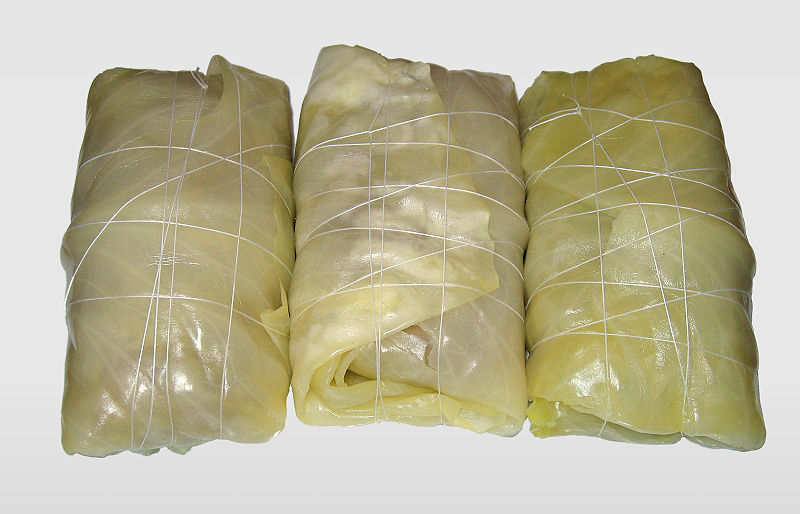Nov. 30 is Kåldolmens Dag
You may have to search a bit for fresh cabbage, but it’s worth the effort to make the now classic Swedish dish, Kåldolmen.
-
 Kåldolmar.
Kåldolmar. -
-
On November 30, Sweden will celebrate its fourth officially recognized Kåldolmens Day (cabbage roll day). This date marks the death of King Karl XII, who spent a great deal of time in the Ottoman Empire in the 1700s and influenced Swedish culture significantly. According to the Friends of Kåldolmens Association, the day is celebrated as a reminder that Swedish culture has always been shaped in interaction with the outside world.
-
 King Karl XII (1682-1718) helped introduce kåldolmar (cabbage rolls) to Sweden.
King Karl XII (1682-1718) helped introduce kåldolmar (cabbage rolls) to Sweden. -
-
The initiative behind Kåldolmens Dag came from Petter Hellström, historian at the Swedish History Museum, who has been recognizing Kåldolmens Day each year since 2010 with cooked cabbage rolls, a food that probably came to Sweden because of Karl XII's cultural exchanges with the Middle East.
-
According to an unconfirmed theory, the Swedes in King Karl’s service used the dish name ("dolma" is Turkish for "filled") from Bender or Adrianopolis, both Turkish towns of the then Ottoman Empire, where the king and the army stayed. Other imports from the same time are believed to have been coffee, meatballs and the word “kalabalik” — meaning uproar (there was “kalabaliken i Bender” while the king and his troops resided in Bender), a word that exists now only in the Swedish and Turkish languages.
-
The oldest evidence for dolmar cooked in Sweden is a recipe for just "Dolma" in Cajsa Warg's famous cookbook (1765 edition), cooked Middle Eastern style with vine leaves, minced beef (not pork) and lemon juice. The recipe is preserved in the Royal Library in Stockholm.
An alternative theory indicates that Turks came directly to Sweden to ensure that the large loans the Swedes had taken were repaid. Although it is unclear exactly how the law came to Sweden in the early 1700s, the habit to cook stuffed grape leaves is known to have started with the king’s years of exile in the Ottoman Empire; stuffed cabbage and vinlövsdolmar became Swedish developments later on, which Cajsa Warg may have played a key role in. -
Warg worked as a housekeeper for the highly regarded German-Swedish family Klinckowström who also associated with the circles of men who surrounded the king in Russia and Turkey. Toward the end of her recipe, Warg advised that anyone who didn’t have access to the vine leaves (they were expensive!) could instead use the blanched cabbage leaves.
-
Today in Sweden, cooked cabbage rolls are usually prepared with ground beef mixed with boiled rice, salt and pepper. Leaves from a boiled cabbage head are peeled off, and a dollop of minced mixture is added as a filling in a cabbage leaf, which is rolled up into one package. Dolmen is browned in a pan and then boiled in a saucepan or fried into cabbage rolls in the oven. Often syrup is added for color and flavor. The kåldolmen is eaten with gravy, potatoes and sometimes lingonberries.
-
-
